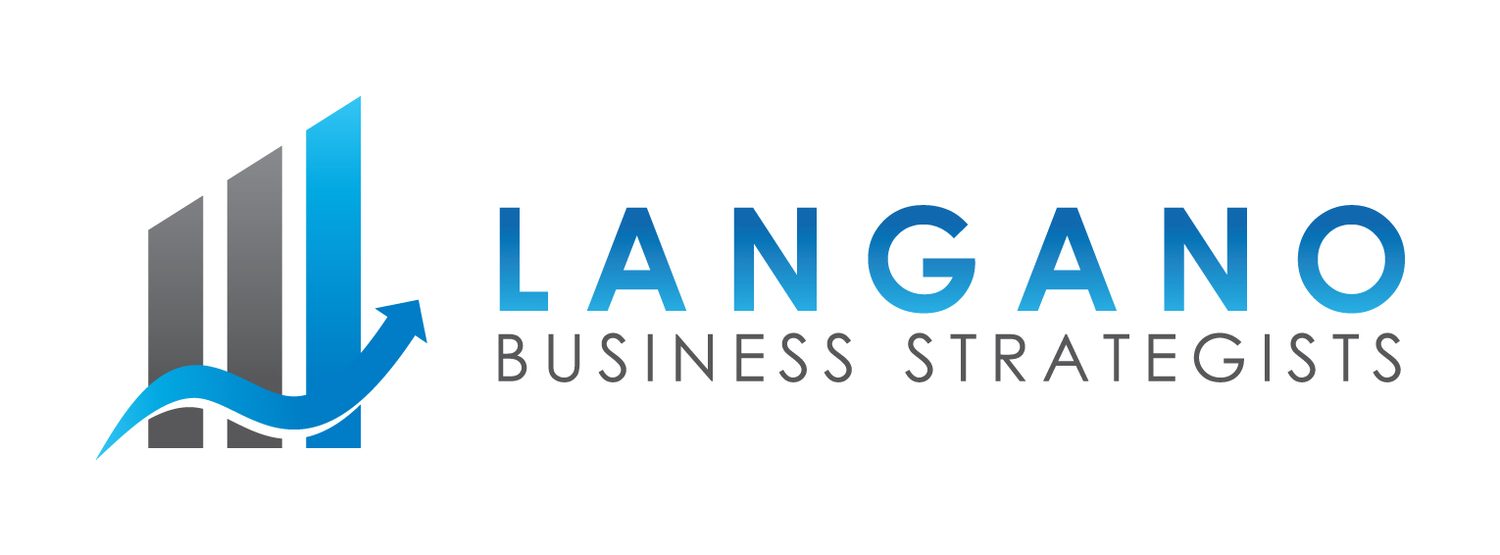Google is a world leader in many things with a face of technology. It’s a global powerhouse that exists inside every home, every business and every organization just about right across the world. What makes Google interesting is that as an organization, it doesn’t just want to lead the global technology race. It wants to lead global innovation across everything it possibly can. Cue: Project Aristotle. Google’s leaders wanted to know more about team effectiveness and over the last few years, have invested considerable resources into doing this.
When you think about your organization, how do you build the best teams? The Google executives believed that it meant grouping together the best people. The brightest, most intelligent people across different work sectors, however, what they’ve actually found blows this little theory out of the water.
After assessing 180 Google teams, conducting more than 200 interviews and analyzing over 250 team attributes, combining resources with psychologists from Carnegie Mellon, MIT and Union College, Google’s ‘people gurus’ Julia Rozovsky (People Analytics Manager) and Abeer Dubey (Director or People Analytics HR) finally found something interesting. It was a discovery they made when they stopped looking at individual traits and started focusing on ‘group norms’ that could increase the collective intelligence of the group.
Through Google's Re:Work website, a resource that shares Google's research, ideas, and practices on people operations, Rozovsky outlined the five key characteristics of enhanced teams.
5. Impact: Team members think their work matters and creates change.
4. Meaning: Work is personally important to team members.
3. Structure & Clarity: Team members have clear roles, plans and goals.
2. Dependability: Team members get things done on time.
1. Psychological Safety: Team members feel safe to take risks and be vulnerable in front of each other.
It was number one that had most people shocked. It’s something so simple, but so big. Google explained it by writing, “Psychological safety was far and away the most important of the five dynamics we found -- it’s the underpinning of the other four. How could that be? Taking a risk around your team members seems simple. But remember the last time you were working on a project. Did you feel like you could ask what the goal was without the risk of sounding like you’re the only one out of the loop? Or did you opt for continuing without clarifying anything, in order to avoid being perceived as someone who is unaware?
Turns out, we’re all reluctant to engage in behaviors that could negatively influence how others perceive our competence, awareness, and positivity. Although this kind of self-protection is a natural strategy in the workplace, it is detrimental to effective teamwork. On the flip side, the safer team members feel with one another, the more likely they are to admit mistakes, to partner, and to take on new roles. And it affects pretty much every important dimension we look at for employees. Individuals on teams with higher psychological safety are less likely to leave Google, they’re more likely to harness the power of diverse ideas from their teammates, they bring in more revenue, and they’re rated as effective twice as often by executives.”
So if you can make an effort to create a psychologically safe workplace for your team, chances are the productivity and performance will start to increase.
If you’re not sure about how to make an impact across your teams, start with this handy tool from Google to assess the psychological safety of your workplace. Or if you’d like to start with a clean slate and really ramp up your workforce, get in touch with us to discuss how a HR Snapshot can benefit your organization.

